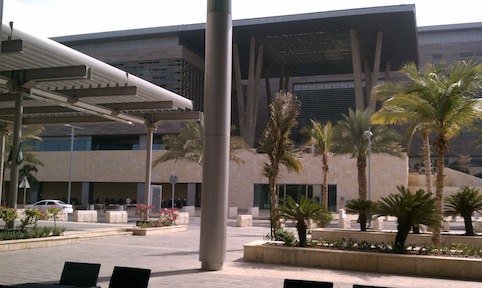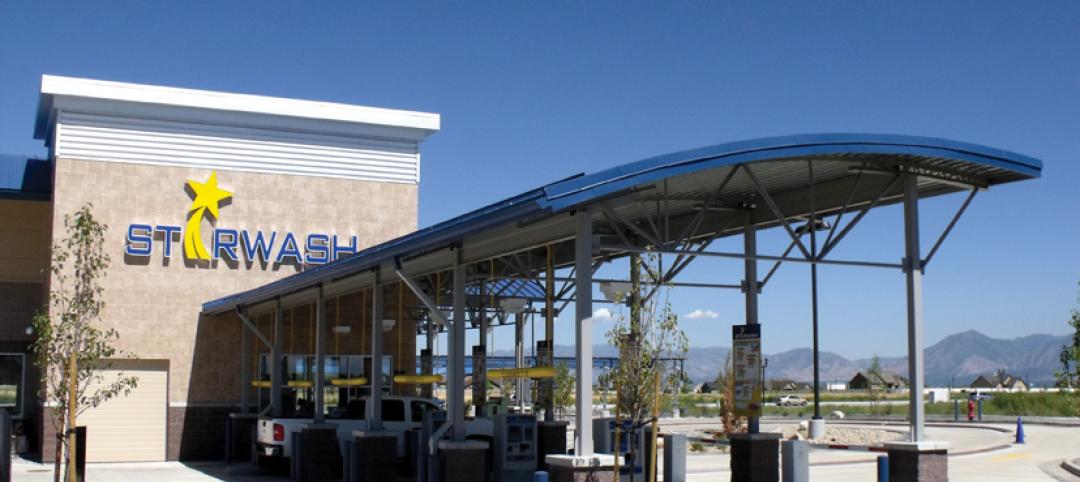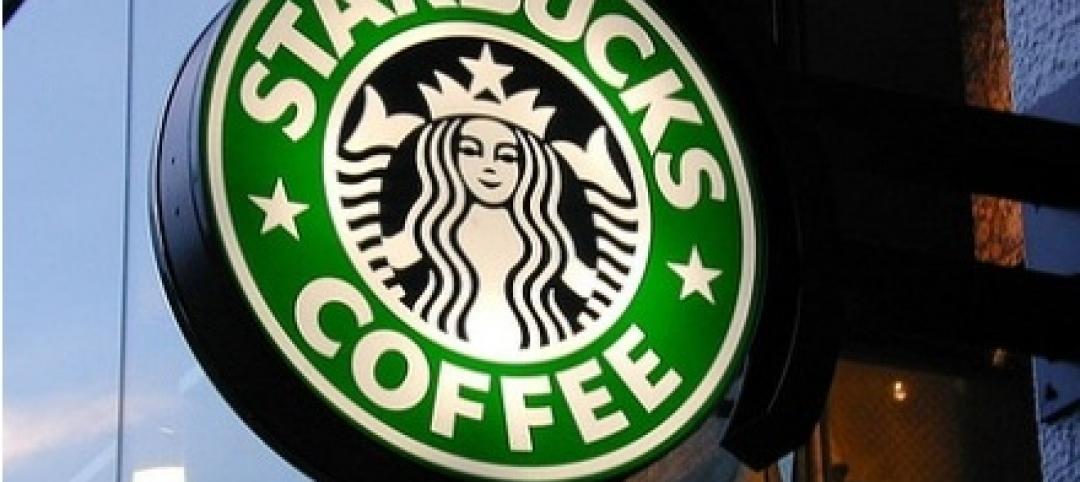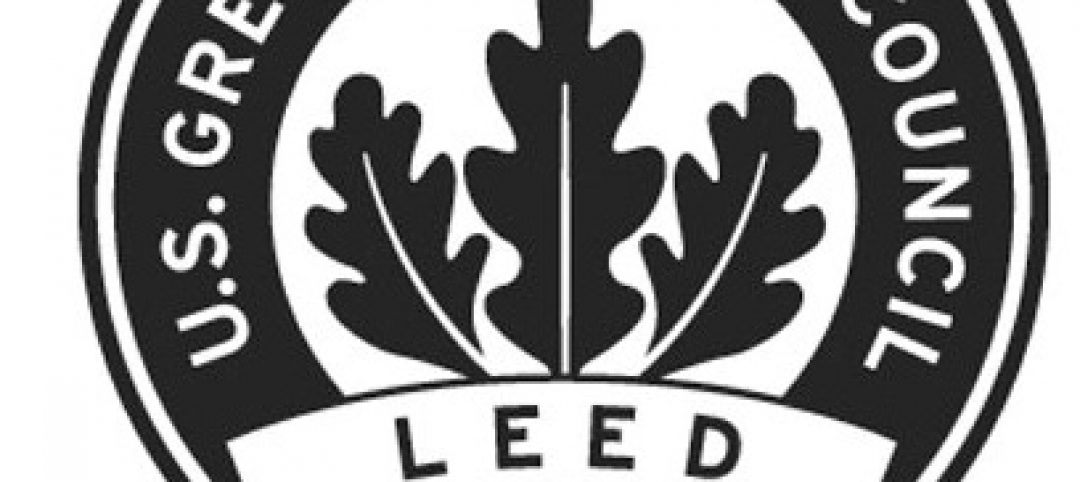The Green Building Certification Institute (GBCI), the third-party certification body for the LEED (Leadership in Energy and Environmental Design) green building rating system, and Bureau Veritas SA, a leading global testing, inspection and certification body, announced a strategic business partnership. As part of the agreement, Bureau Veritas will facilitate LEED certification on behalf of GBCI for LEED green building projects.
“This collaboration with Bureau Veritas helps us take LEED to the next level,” said Rick Fedrizzi, GBCI board member and president, CEO and founding chair, U.S. Green Building Council (USGBC). “Through our collaboration, we will leverage the scale and scope of Bureau Veritas’ operations and quickly build capacity and global reach to deliver best-in-class, third-party certification for LEED.”
“Partnering with GBCI offers Bureau Veritas an active role in LEED, the world’s most widely used green building program,” said Didier Michaud-Daniel, CEO, Bureau Veritas. “LEED certification allows us to expand our certification offerings related to quality, human health, environmental protection and social responsibility: all incredibly important priorities for our clients and the communities in which we work.”
The agreement will allow for enhanced customer engagement and local support for LEED.
“GBCI and Bureau Veritas will be able to offer local touch points and resources for green building teams on the ground in a way that we have never before been able to offer,” said Mahesh Ramanujam, chief operating officer, USGBC, and president, GBCI. “Connecting with our customers and deepening our engagement with them will help accelerate the adoption of green building practices and deliver its benefits to these key economies.
“We want our users to have a positive and seamless experience with LEED, no matter where they are across the globe,” added Ramanujam. “GBCI is building world-class infrastructure to support the uptake of green building around the world.”
Earlier this year, USGBC released its list of the top 10 countries for LEED outside the U.S., with Canada taking the lead, followed by China and India.
“USGBC projects significant growth in green building activity in countries like China, India and Brazil in 2014,” said Ramanujam. “Looking at the LEED project registration and certification trends of these countries and across the globe, it is critical to build up the infrastructure to support this development.”
Worldwide, more than 60,000 commercial projects are using LEED, totaling 11.2 billion gross square feet. Additionally, more than 154,000 residential units are using the LEED for Homes rating system.
The growth of LEED reflects its global adaptability as the world’s most widely used and recognized system guiding the design, construction, operations and maintenance of green buildings. LEED is a critical tool in creating structures that mitigate greenhouse gas emissions; create healthier indoor environments for workers, students and community members; and lower utility bills for building owners through reduced energy and water use.
Related Stories
| Mar 11, 2011
Texas A&M mixed-use community will focus on green living
HOK, Realty Appreciation, and Texas A&M University are working on the Urban Living Laboratory, a 1.2-million-sf mixed-use project owned by the university. The five-phase, live-work-play project will include offices, retail, multifamily apartments, and two hotels.
| Mar 10, 2011
Steel Joists Clean Up a Car Wash’s Carbon Footprint
Open-web bowstring trusses and steel joists give a Utah car wash architectural interest, reduce its construction costs, and help green a building type with a reputation for being wasteful.
| Mar 9, 2011
Hoping to win over a community, Facebook scraps its fortress architecture
Facebook is moving from its tony Palo Alto, Calif., locale to blue-collar Belle Haven, and the social network want to woo residents with community-oriented design.
| Mar 9, 2011
Fast food franchises are taking the LEED
Starbucks, Arby’s, and McDonald’s are among the top when it comes to fast food franchises implementing sustainability practices. This article takes a look at the green paths these three brands are taking, and how LEED factors into their business and their future.
| Mar 8, 2011
Building, energy performance rating site launched
The Institute for Market Transformation and the Natural Resources Defense Council announced the launch of BuildingRating.org, the world’s first comprehensive resource on energy performance rating and disclosure policies for commercial buildings and homes.
| Mar 8, 2011
BlueCross HQ campus awarded LEED Gold
BlueCross BlueShield of Tennessee announced its certification as a LEED Gold campus, established by the U.S. Green Building Council and verified by the Green Building Certification Institute (GBCI). BlueCross’ headquarters, totaling 950,000 square feet of office space, is the largest LEED Gold corporate campus in Tennessee, and the second largest in the nation.
| Mar 2, 2011
Design professionals grow leery of green promises
Legal claims over sustainability promises vs. performance of certified green buildings are beginning to mount—and so are warnings to A/E/P and environmental consulting firms, according to a ZweigWhite report.
| Mar 2, 2011
Top 10 states for LEED green buildings
According to the U.S. Green Building Council's 2010 list of top 10 states for LEED-certified commercial and institutional green buildings per capita (based on the U.S. 2010 Census information), the District of Columbia leads the nation, with 25 square feet of LEED-certified space per person in 2010. Nevada, being the leading state, has 10.92 square feet per person in 2010.
| Mar 2, 2011
The extraordinary growth of green building—A rebuttal to an article on why green building adoption is slow
In this rebuttal to The Green Building Adoption Rate is Slow, Find Out The Practical Reasons Why, the author argues that in fact the growth rate has been very high and that much of it came during a time of economic unrest and tight capital, which makes it all the more extraordinary.
| Mar 1, 2011
Smart cities: getting greener and making money doing it
The Global Green Cities of the 21st Century conference in San Francisco is filled with mayors, architects, academics, consultants, and financial types all struggling to understand the process of building smarter, greener cities on a scale that's practically unimaginable—and make money doing it.












